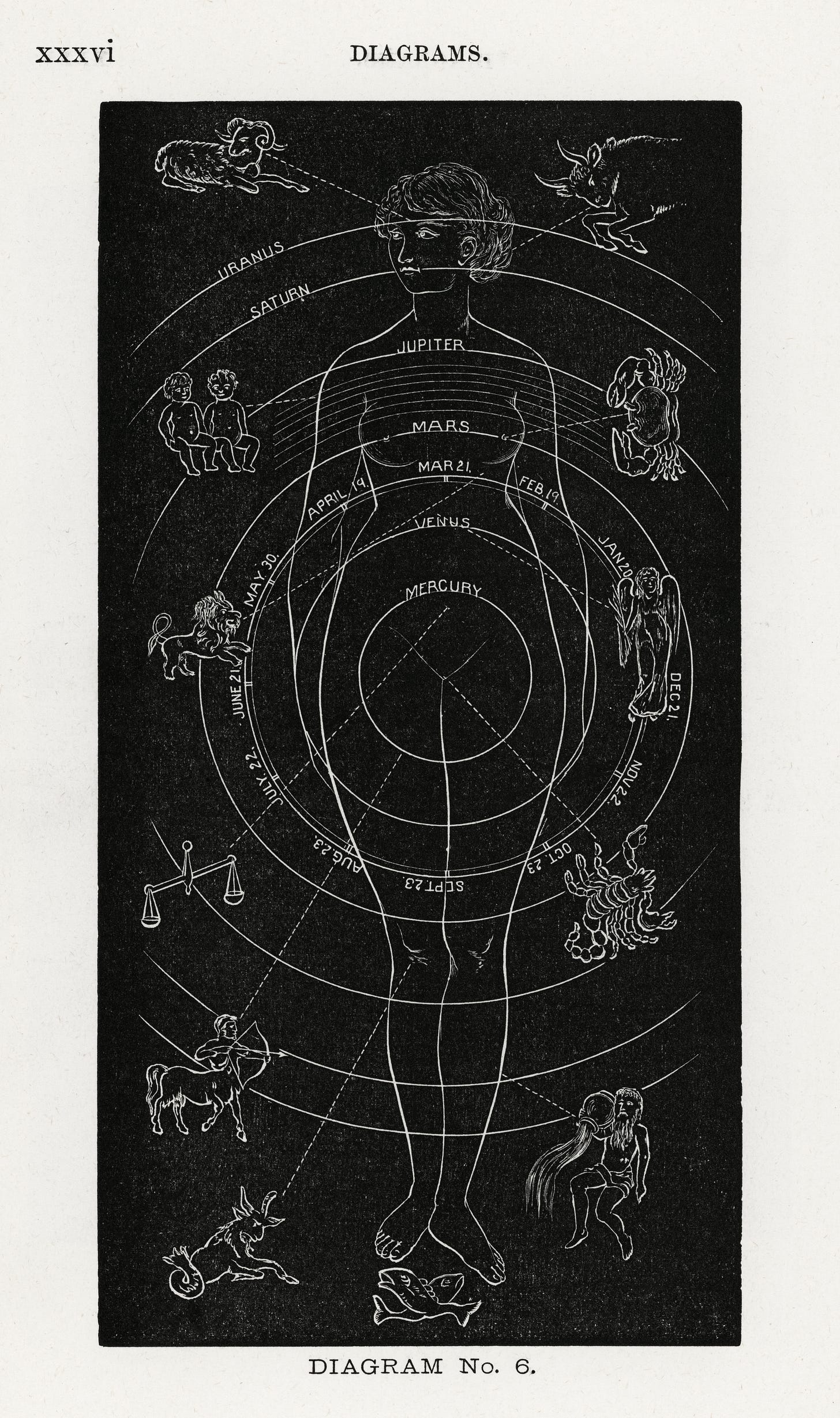From the Archives | How I Finally Learned To Write What Hurt—A Surprising Method.
“There is neither painting, nor sculpture, nor music, nor poetry. The only truth is creation.”—Umberto Boccioni, Italian painter and sculptor
Last week, an old friend and mentor I’d not heard from for many years—the U.K.-based poet and teacher Paul Matthews—found me here at Writing in the Dark and subscribed. Paul, I hope you’re online today and reading this essay. Your work changed my life.
The writer’s job is to seek truth—the kind of truth that makes a reader’s hair stand up and speeds our hearts with recognition. But that kind of truth is elusive, both from the perspective of craft and brain science.
I spent two decades unable to write an essential truth of my own life, one rooted in my childhood, during which I experienced several years of sexual abuse by my stepfather, beginning when I was four. Not surprisingly, this experience shaped the person I am—and, as a writer, I sensed an urgent need to weave this early trauma into some kind of narrative. But my attempts to do so were consistently ineffective and inartistic.
Dreadful, really.
So, I wrote other things. From my twenties through my forties, I published narrative journalism, a couple of nonfiction books, a children’s book, dozens of essays. Some of my essays from those years were intimate and revelatory. A handful took risks and may even have seemed generous. May even have been generous. But this one true thing tugged—and persistently evaded me.
The problem wasn’t the material itself, which was neither buried nor inaccessible. The problem was my inability to transform something unspeakable into a song, a song of something more. So, in print, my life always started around age twenty. Meanwhile, that blocked childhood truth coursed beneath everything else, like an undertow that dragged my writing down and kept it, and me, from reaching my full potential.
The turning point came in 2010, when I was working full-time as a Waldorf teacher and impulsively enrolled myself in a three-week out-of-state writing workshop on an ex-urban, almost rural college campus (with a mildewy dorm room in which the wall sink dripped onto the industrial carpet and the mattress was an inch and a half thick). It was here that I first met and studied with Paul Matthews, a Waldorf mentor and author of several books of poetry and two craft books, Sing Me the Creation and Words in Place.
I soon discovered that Paul teaches writing in strange ways. Among other oddities, he uses constraints—a literary technique that involves requiring or forbidding certain elements, or juxtaposing various incongruities, or imposing one or more patterns. Constraints are so common in poetry that you need only think of the rules for sonnets or sestinas or villanelles to understand how they work.
But as a writer of prose—at the time, primarily narrative nonfiction and journalism—my first response to Paul’s workshop was alarm. His lectures were riveting, but his prompts were preposterous. Many were collaborative and involved “activities.” We made up nonsense languages. Spoke to plants. Wrote nursery rhymes in iambic pentameter. Wrote in spirals. Wrote in the voices of mice and cats and paintings and even stars. We blindfolded ourselves and tossed beanbags back and forth as a means of wordless communication.
If I had, that first day, been seated closer to the door, I’d have run through it. I was a “serious writer,” there to write, not babble. I was not near the door though, and that was lucky. Because my writing began waking up almost immediately in all kinds of truly extraordinary ways—ways that changed the way I would write, and live, forever.
Here’s exactly how it happened.




